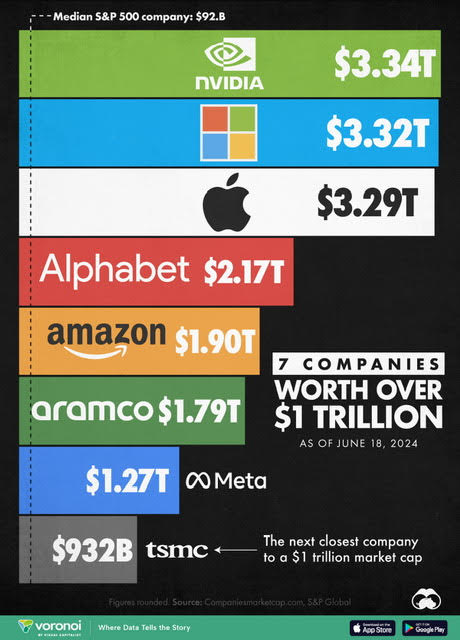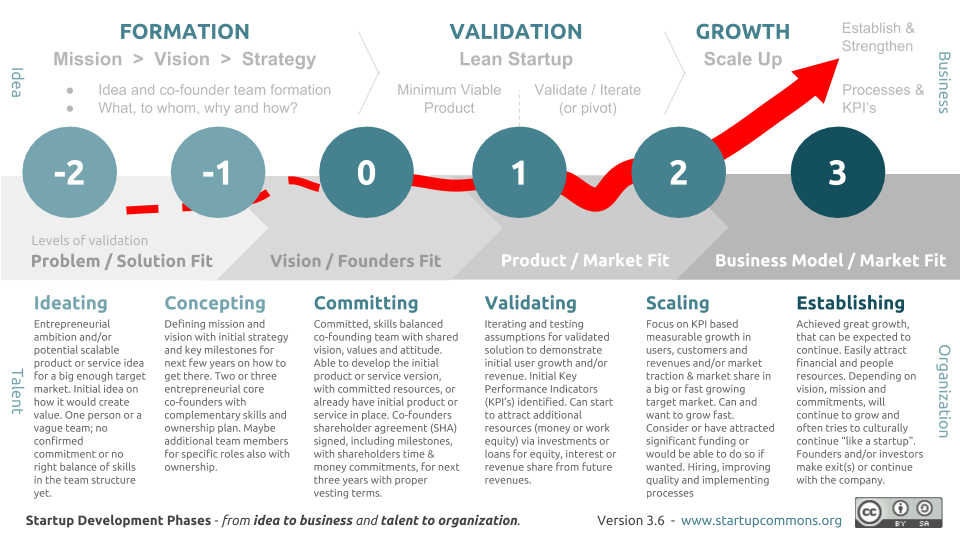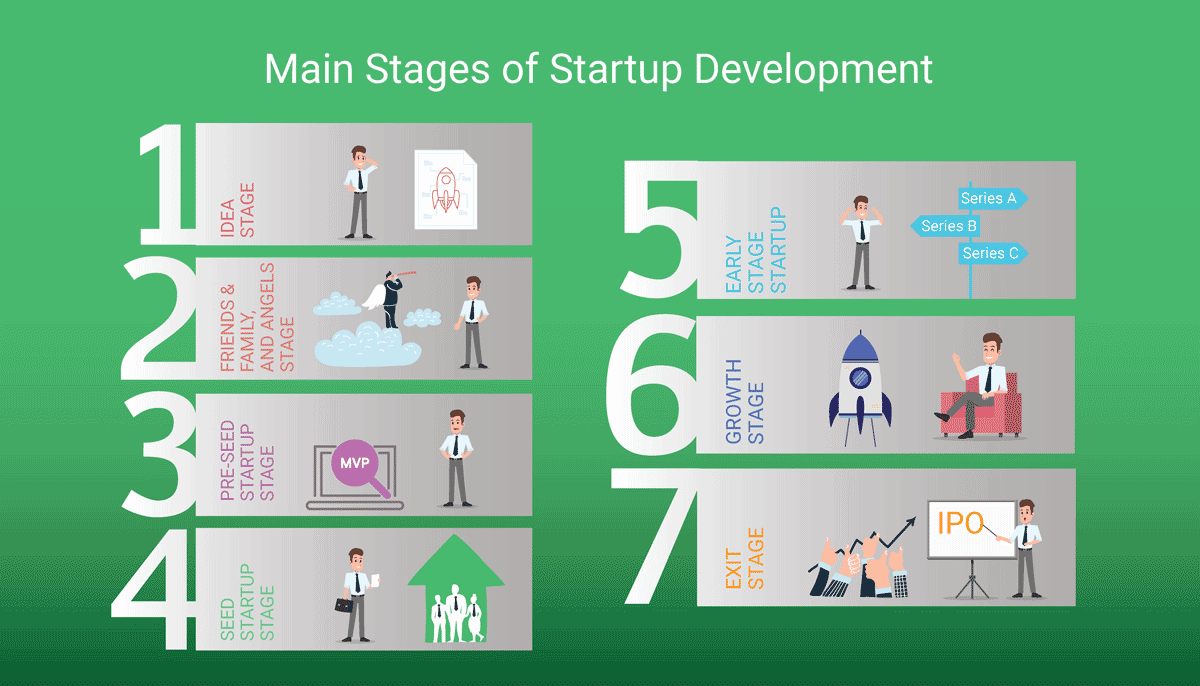Here are the Top 25 objections early-stage tech startups commonly hear from potential investors — along with the best ways to handle them and sample responses you can use to turn objections into interest or even investment:
1. “It’s too early.”
Response:
“We understand it’s early — and that’s where the upside is. Our traction so far proves the potential. Early-stage investment is where valuations are lowest and the leverage is highest.”
2. “I don’t see the market being big enough.”
Response:
“We’ve mapped a $X billion TAM with real unmet needs. Our beachhead is just the starting point — we have a clear roadmap to expand into adjacent markets.”
3. “There’s too much competition.”
Response:
“Competition validates the market. What sets us apart is our differentiated tech/IP/go-to-market strategy/founder expertise — and we’re targeting underserved customer segments.”
4. “You don’t have enough traction.”
Response:
“We’re pre-revenue, but we’ve validated key assumptions through [pilot/POCs/signups/LOIs]. With your support, we can scale faster and build defensible traction.”
5. “I’ve seen this idea before.”
Response:
“Yes, but timing and execution are everything. Look at how many search engines or social networks existed before Google and Facebook. Our execution, team, and timing are what make us unique.”
6. “I’m not familiar with this space.”
Response:
“Fair enough. That’s why we’re here — we’re deeply embedded in this industry. We’d be happy to walk you through how the space is evolving and why we’re positioned to lead.”
7. “I don’t believe your financial projections.”
Response:
“They’re directional, not gospel. But we built them based on bottoms-up assumptions, industry comps, and unit economics. Happy to walk you through the model transparently.”
8. “You haven’t proven product-market fit.”
Response:
“We’ve gotten strong early signals — [X user retention, Y usage rate, Z engagement]. We’re using these signals to iterate quickly and lock in PMF.”
9. “You’re not technical enough / Where’s your technical cofounder?”
Response:
“We’ve built a strong dev team internally and are actively recruiting a CTO-level hire. What we lack in technical depth we make up for in product, vision, and execution speed.”
10. “I’m not convinced you’re the right team.”
Response:
“Fair concern. Let us walk you through how our background specifically prepares us for this — and our advisory network that fills gaps.”
11. “It feels too risky.”
Response:
“That’s the nature of early-stage investing — and it’s also where the returns live. We’re de-risking the business rapidly through validation, traction, and fast iteration.”
12. “You’re pre-revenue.”
Response:
“Yes — but we’re pre-revenue by design. Our current focus is building the right product and onboarding the right users. Monetization is baked into the roadmap.”
13. “Your valuation is too high.”
Response:
“We understand. We based our valuation on comparables and progress to date. That said, we’re open to creative structures — SAFE, discounts, or tranches — to align incentives.”
14. “I already invested in a similar company.”
Response:
“Totally fair. But this market is so large it can support multiple winners. Our approach and go-to-market are meaningfully different — would love your perspective on how we compare.”
15. “What if a big company just builds this?”
Response:
“Execution is key. Big companies are slow, siloed, and often miss new behaviors. Startups win on speed, focus, and customer obsession — just like we are.”
16. “What’s your moat?”
Response:
“Our moat is based on [network effects/data/IP/brand/partnerships]. And we’re building it intentionally from Day 1. Early mover advantage, customer trust, and proprietary systems will deepen it.”
17. “I need to see more before I can commit.”
Response:
“Totally fair. What milestones or signals would you need to see to get to yes? We’d love to keep you updated and re-engage when those are hit.”
18. “This space is too crowded.”
Response:
“It’s crowded because there’s opportunity. Most players look the same — we’re differentiated by [X]. And the market is fragmented and open to disruption.”
19. “This seems like a feature, not a company.”
Response:
“Great companies often start as great features. Look at Dropbox or Calendly. We’ve identified a wedge — and we’re building a product ecosystem around it.”
20. “It’s not a venture-scale opportunity.”
Response:
“We believe it is. We have a clear path to $100M+ in revenue by attacking [problem] with a scalable solution. Our vision is bold and long-term.”
21. “You haven’t tested your pricing yet.”
Response:
“We’re in the process of price testing across segments. Early feedback shows high willingness to pay, and we’re optimizing for value-based pricing.”
22. “Your team is too small.”
Response:
“We’re lean by design — it’s part of our edge. We’ve identified key hires and will deploy funds efficiently to scale the team.”
23. “What if this is just a trend?”
Response:
“We’ve studied the behavior shifts deeply. This isn’t a fad — it’s a fundamental shift. Early trends like this often evolve into large, lasting categories.”
24. “Your roadmap is too ambitious.”
Response:
“We agree it’s ambitious — but ambition is necessary to build something meaningful. We have phased milestones to focus execution while staying aligned with the vision.”
25. “We’re not investing right now / we just closed our fund.”
Response:
“No problem — we’d love to keep the relationship warm. Can we share quarterly updates so we’re top-of-mind when you’re deploying again?”
Final Tips:
-
Never get defensive. Always treat objections as invitations for deeper conversation.
-
Always ask follow-up questions. (“What concerns you most?” or “What would get you more comfortable?”)
-
Track objections. They help refine your pitch and product over time.
Would you like a printable pitch objection/response sheet or a Notion template to track investor objections and responses?
Top 25 Objections Early-Stage Tech Startups Commonly Hear https://t.co/G6DQo5LIWw
— Paramendra Kumar Bhagat (@paramendra) June 8, 2025
Sign me up. You missed your Friday deadline. But I am giving you a weekend extension.
— Paramendra Kumar Bhagat (@paramendra) June 8, 2025
we looked at subscription trends across thousands of https://t.co/SpzhyERlE4 users. which one’s taking off the most?
— Sherry Jiang (@SherryYanJiang) June 8, 2025
🚀 Top 25 Objections Early-Stage Startups Hear from Investors — and How to Handle Them Like a Pro 🧵
— Paramendra Kumar Bhagat (@paramendra) June 8, 2025
Every founder faces skepticism. Great founders flip objections into conviction. Let’s go 👇
Thomas Jefferson’s Forgotten Vision: A Constitution for Every Generation https://t.co/CfofOxff5o
— Paramendra Kumar Bhagat (@paramendra) June 8, 2025
I met an investor who told me they passed on cursor’s seed round
— Landseer Enga (@LandseerEnga) June 7, 2025
All because he thought they didn’t have a unique GTM strategy
I think about this often












